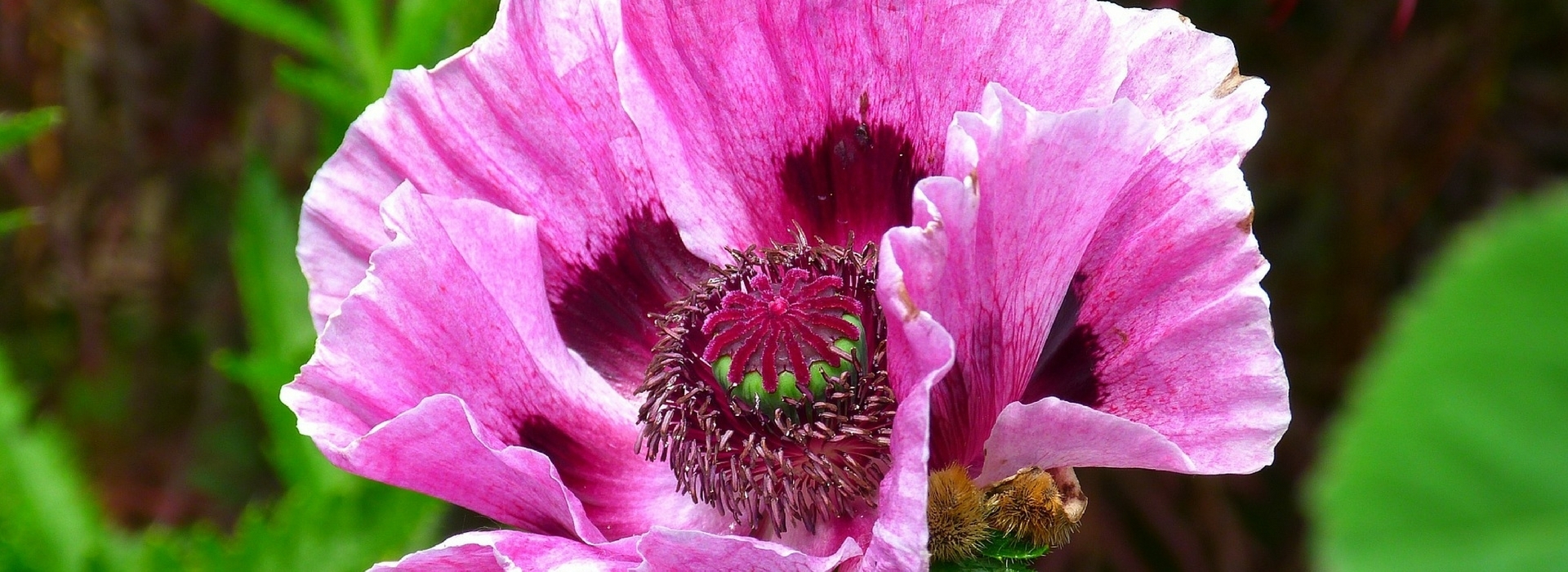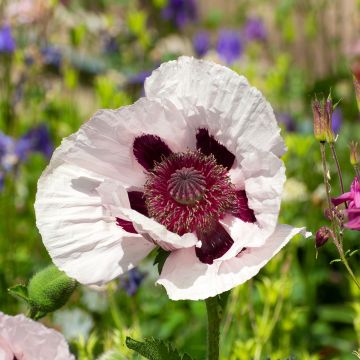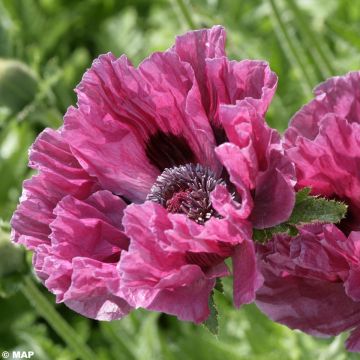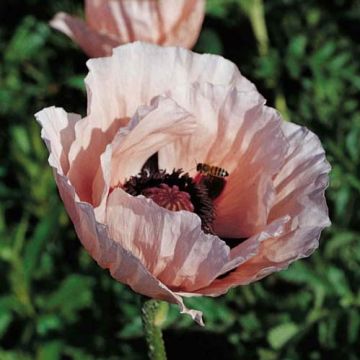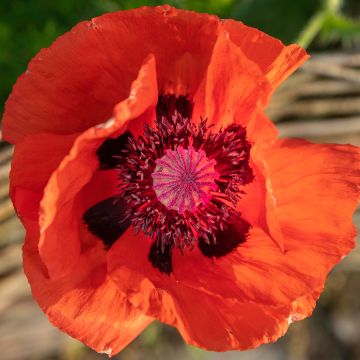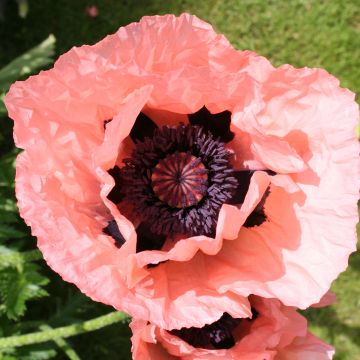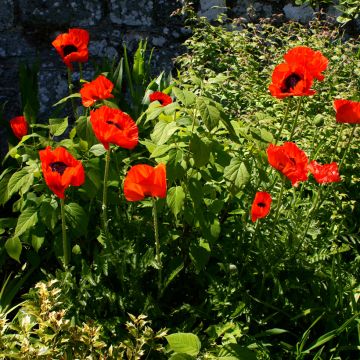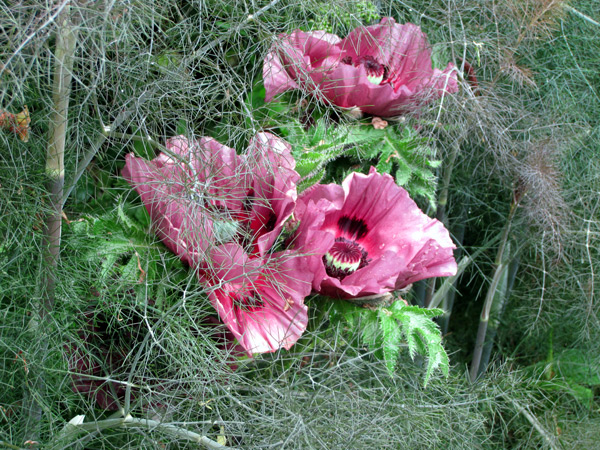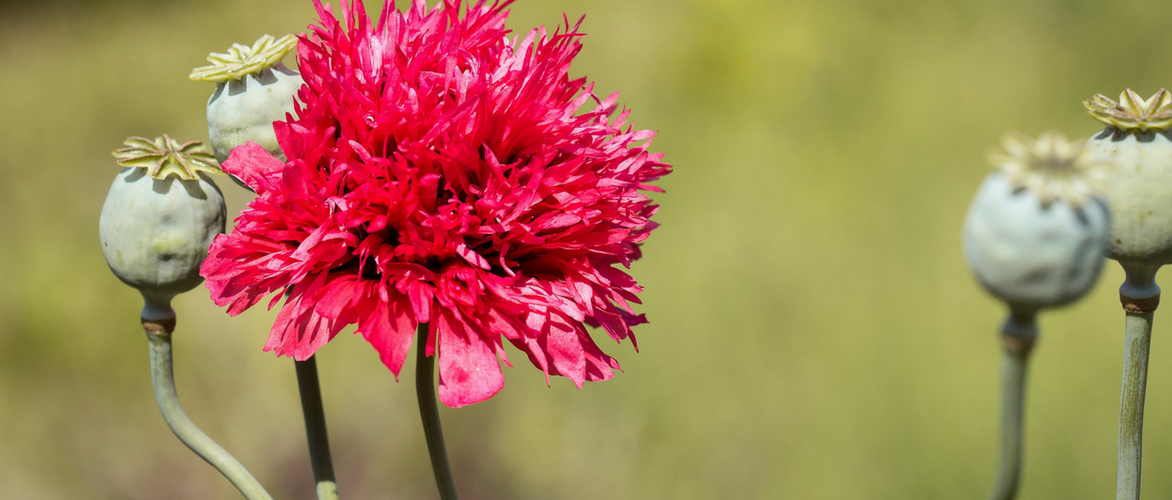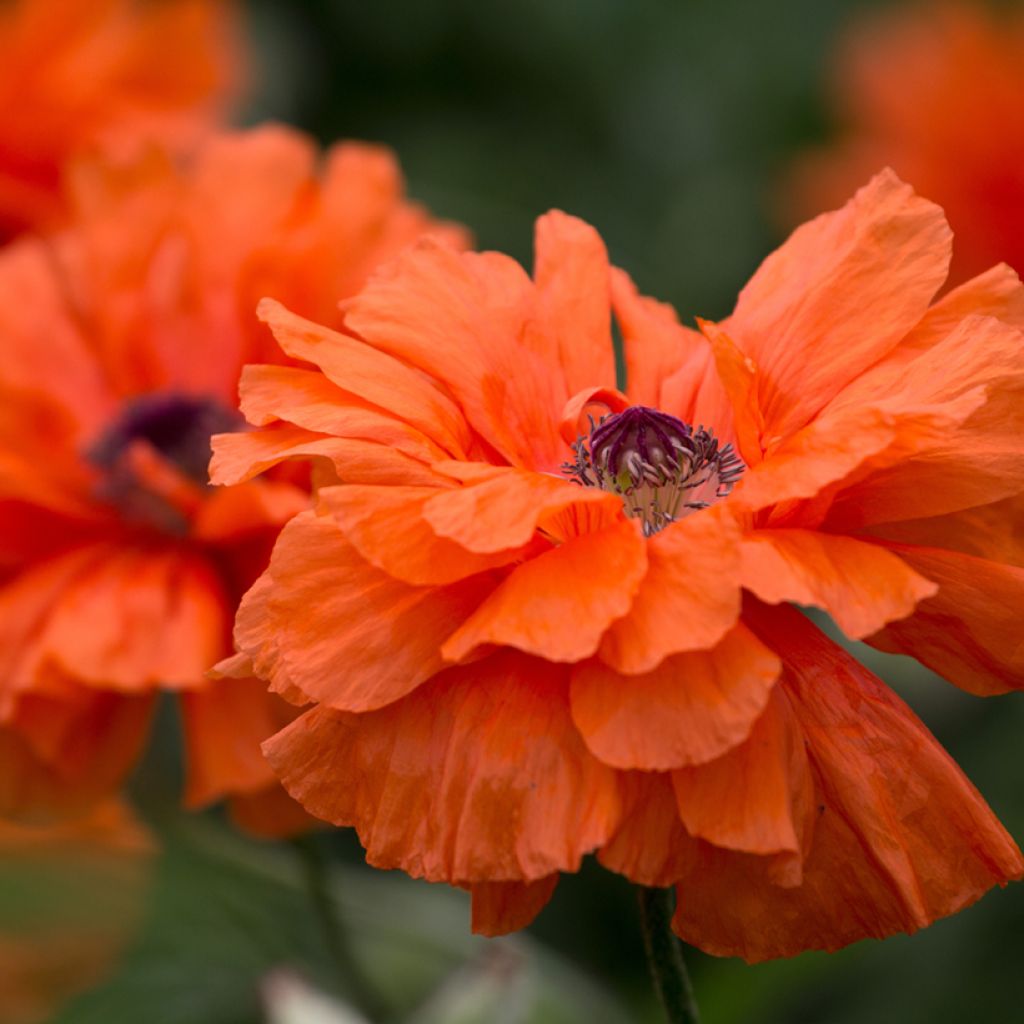

Papaver orientale May Queen - Oriental Poppy
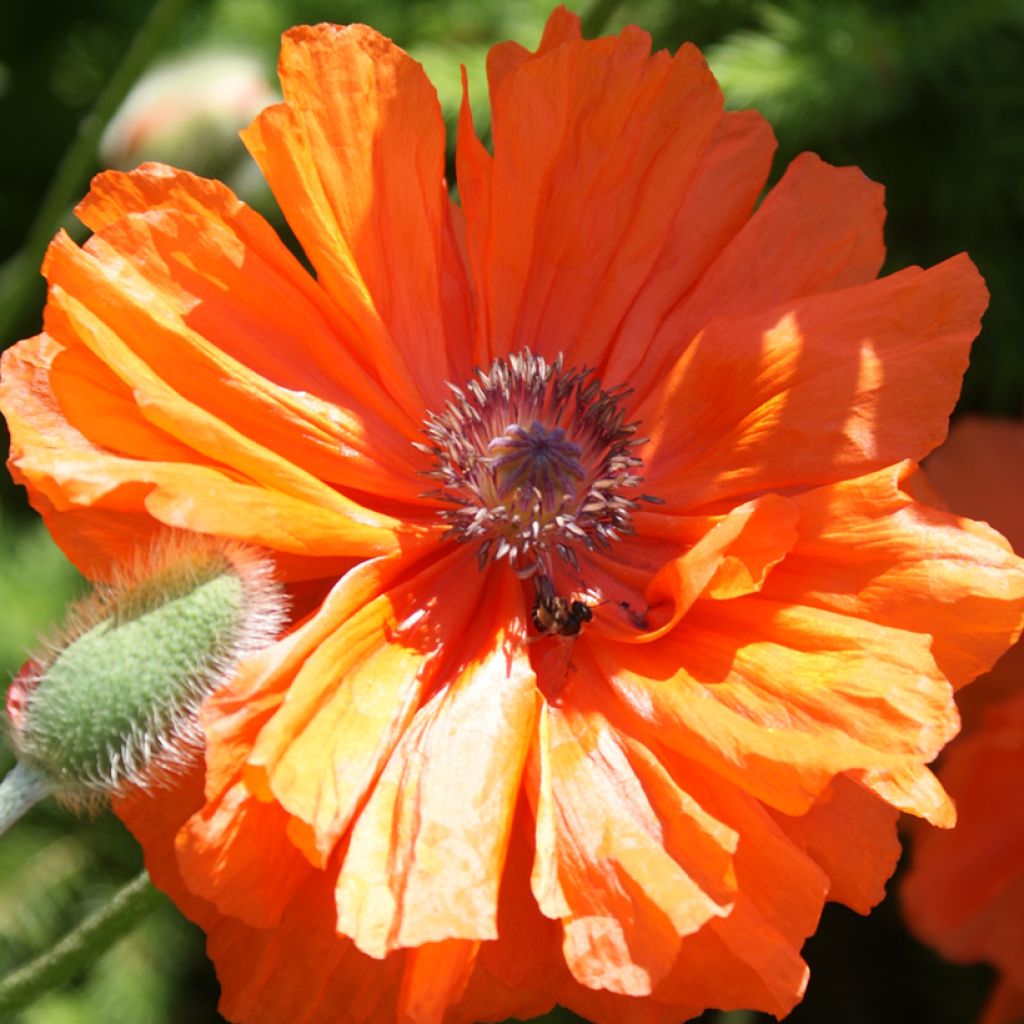

Papaver orientale May Queen - Oriental Poppy
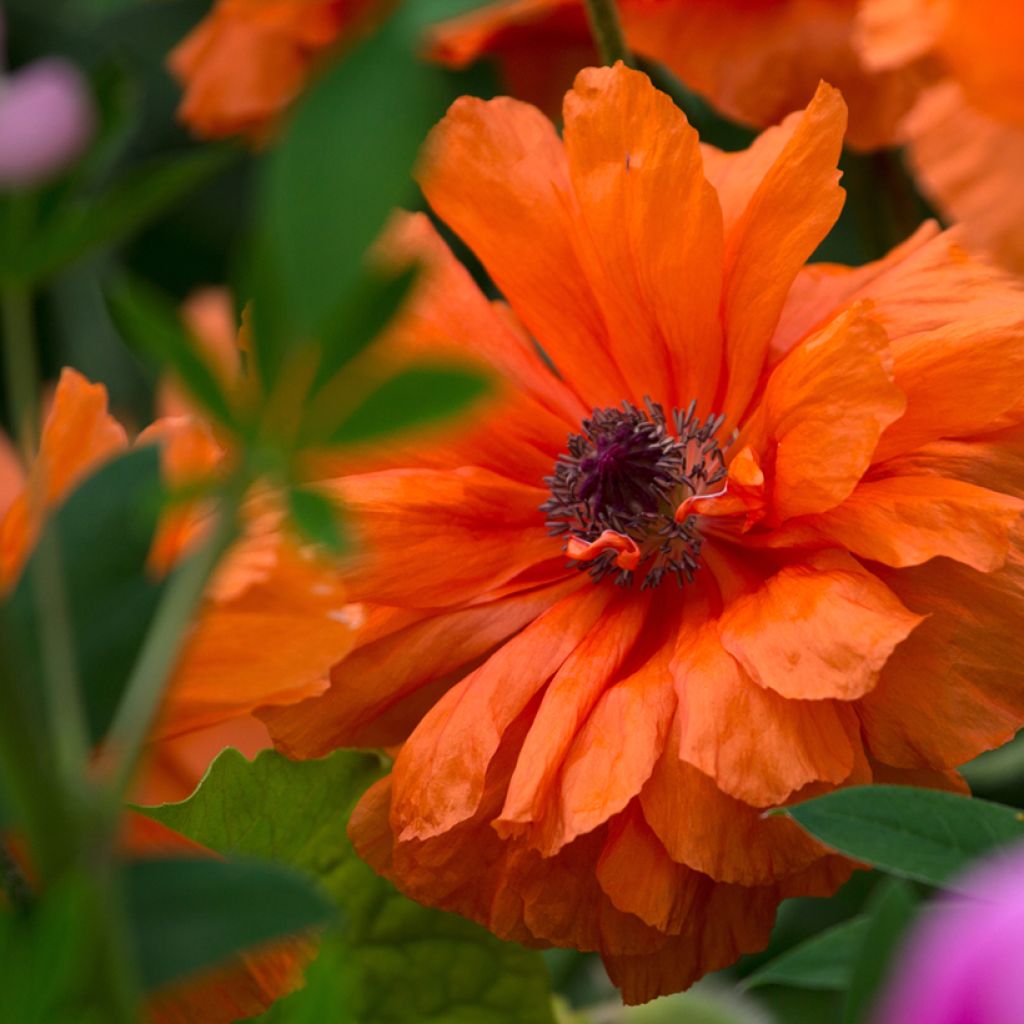

Papaver orientale May Queen - Oriental Poppy
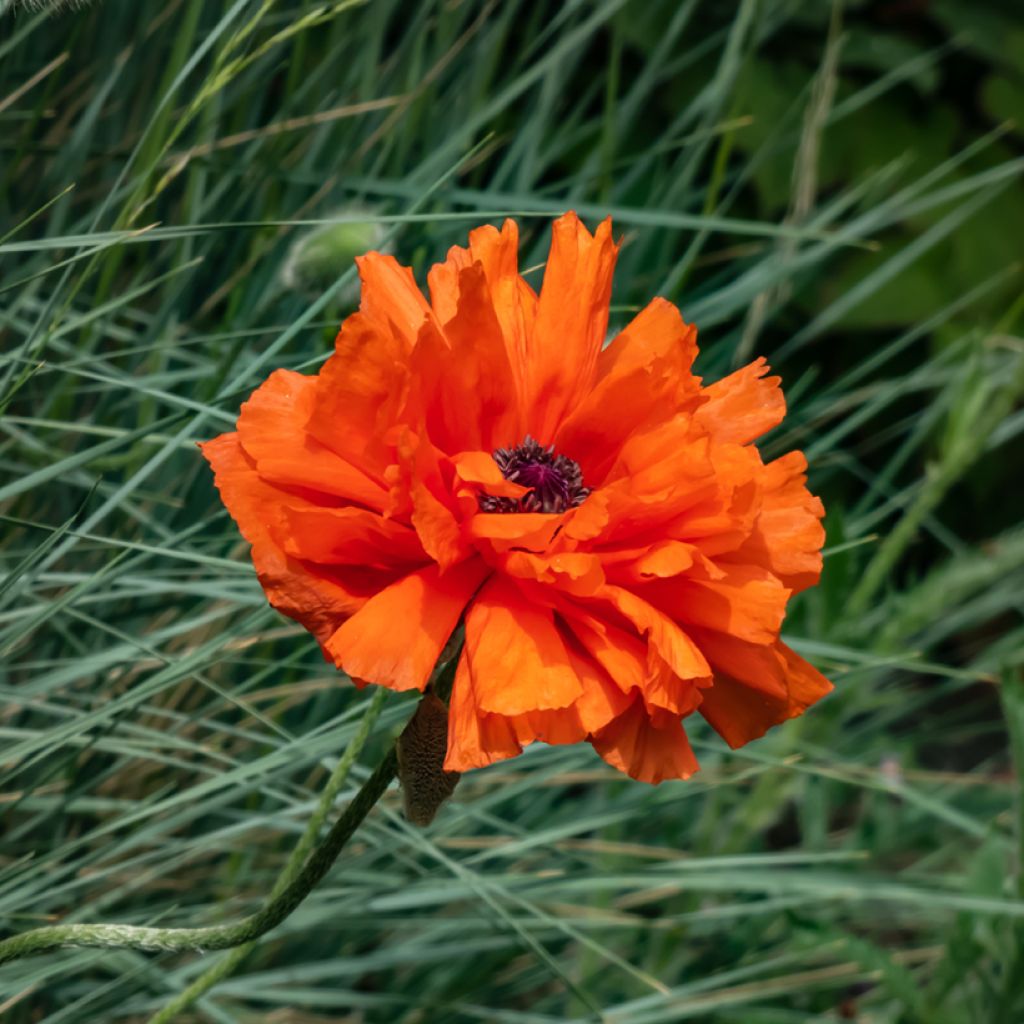

Papaver orientale May Queen - Oriental Poppy
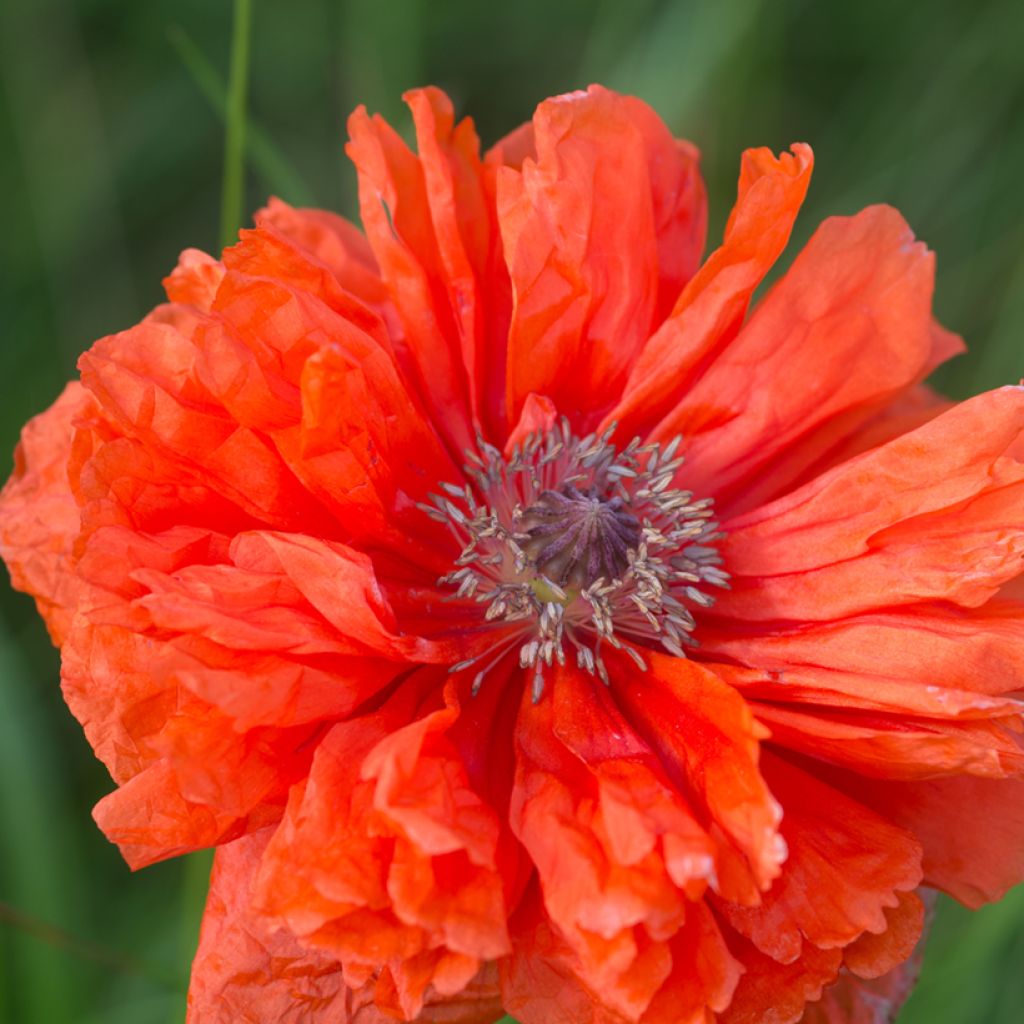

Papaver orientale May Queen - Oriental Poppy


Papaver orientale May Queen - Oriental Poppy
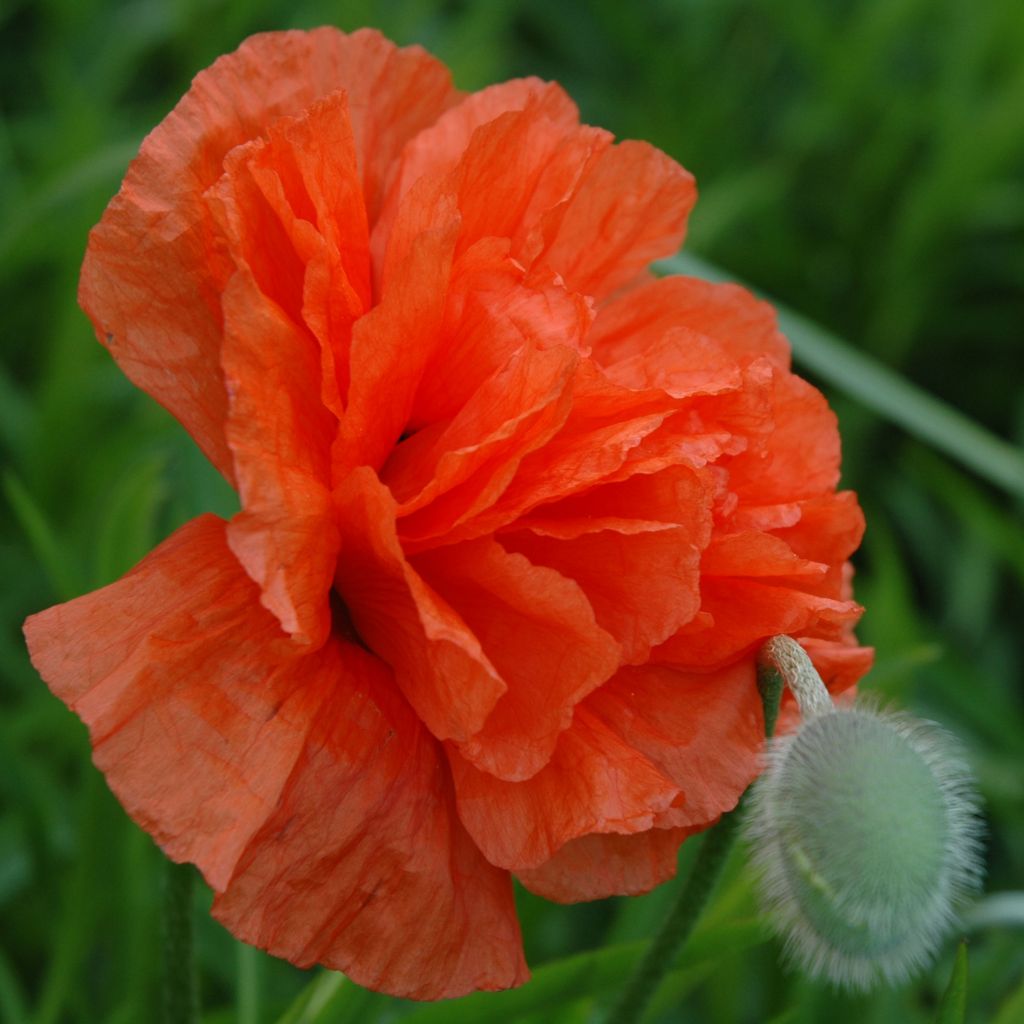

Papaver orientale May Queen - Oriental Poppy
Papaver orientale May Queen - Oriental Poppy
Papaver orientale May Queen
Oriental Poppy
One of the two planted young plants has just flowered: a huge, luminous crepe flower, very beautiful. I hope this will continue, as two flower stems are forming on another variety! Fleeting yet so poetic!
Mi, 17/05/2025
Special offer!
Receive a €20 voucher for any order over €90 (excluding delivery costs, credit notes, and plastic-free options)!
1- Add your favorite plants to your cart.
2- Once you have reached €90, confirm your order (you can even choose the delivery date!).
3- As soon as your order is shipped, you will receive an email containing your voucher code, valid for 3 months (90 days).
Your voucher is unique and can only be used once, for any order with a minimum value of €20, excluding delivery costs.
Can be combined with other current offers, non-divisible and non-refundable.
Home or relay delivery (depending on size and destination)
Schedule delivery date,
and select date in basket
This plant carries a 12 months recovery warranty
More information
We guarantee the quality of our plants for a full growing cycle, and will replace at our expense any plant that fails to recover under normal climatic and planting conditions.

Would this plant suit my garden?
Set up your Plantfit profile →
Description
The Oriental Poppy 'May Queen' is a spreading variety of Oriental Poppy that can form beautiful colonies when it is happy. Its semi-double, medium-sized flowers are produced abundantly in May-June. Their crinkled petals are a solid orange-red color, without spots, arranged around a black center. The particularly silver stems and flower buds create a refined combination with the flower color. This very generous plant is easy to grow in all good garden soils, in the sun, and its flowers, when picked in bud stage, are stunning in bouquets.
The Oriental Poppy is a herbaceous perennial plant in the Papaveraceae family, native to Asia. The cultivar 'May Queen' is a horticultural selection derived from this plant. This poppy has solid, silver-haired stems that are approximately 60 cm (24in) tall. It forms a bushy clump that quickly expands. Flowering begins in May-June and sometimes continues into July, usually halted by heat and drought. Each flower stem bears a single, pendulous bud covered in silver hairs, turning upwards to reveal a flower that is approximately 12 cm (5in) in diameter, with crinkled petals arranged in 2 rows, in a very vibrant orange-red color. The flower remains open for a few hours before dropping its petals. Established plants produce multiple flower stems, ensuring a succession of flowers for about 3 weeks. After flowering, the foliage tends to disappear, leaving a small basal rosette in autumn, which is characteristic of adaptation to high temperatures and summer drought. This plant has broad, rough, and hairy leaves, giving them a very decorative gray-blue hue. Pruning after flowering promotes the formation of new, highly ornamental foliage.
Oriental poppies are equally at home in sophisticated flower beds as they are in cottage gardens or wildflower compositions. Their hairy and somewhat disheveled foliage forms a lush, bluish-green clump that stands out in flower beds. Pair them with artemisias, lavender, asters, and nepetas with light flowerings. They also beautifully complement autumn stonecrops, whose foliage develops during summer, as well as damask daisies and cosmos for a summer ambiance with soft colors. In any case, accompany them with perennials as they will fill the space left empty after flowering. They can also be paired with Thermopsis, lupins, and carnations at the edge of a flower bed.
Papaver orientale May Queen - Oriental Poppy in pictures
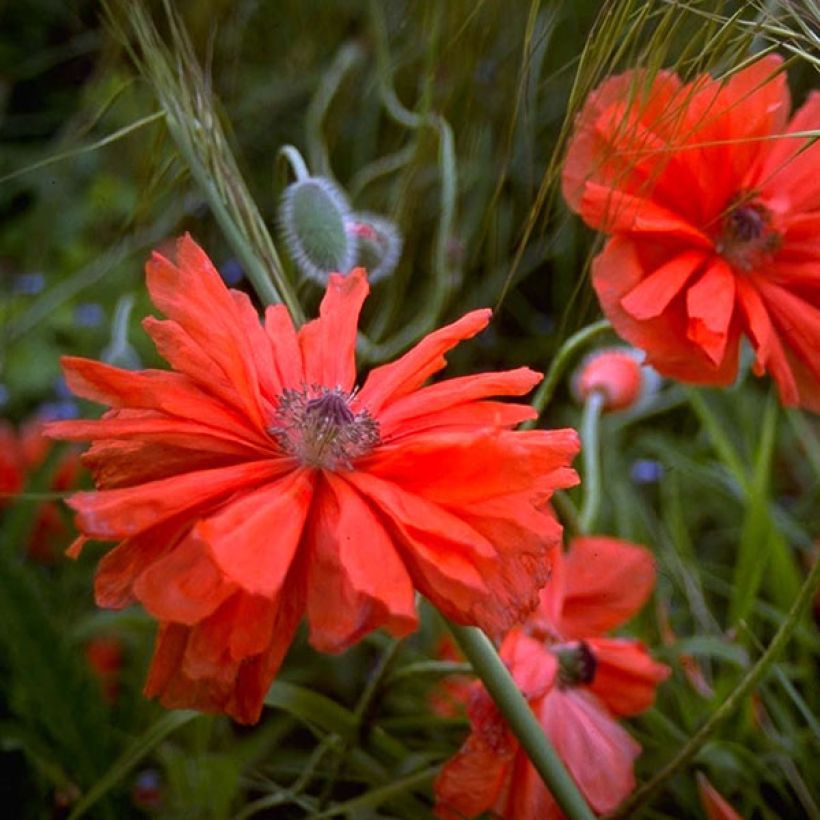

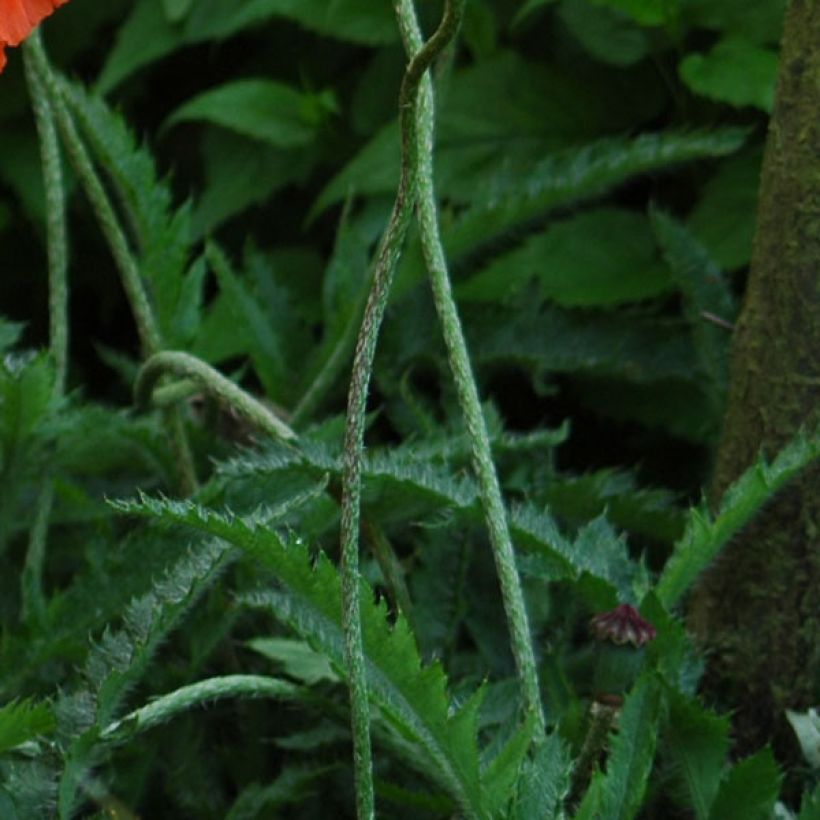

Flowering
Foliage
Plant habit
Botanical data
Papaver
orientale
May Queen
Papaveraceae
Oriental Poppy
Cultivar or hybrid
Other Oriental Poppies (Papaver orientale)
View all →Planting and care
Although preferring to grow in a light and fresh soil, oriental poppies also tolerate dry and gravelly, limestone, as well as heavy and clayey, wet soils, as long as they are not waterlogged in winter. Another characteristic of this poppy: its foliage disappears shortly after flowering, but if care is taken to cut back the faded inflorescences early, new foliage emerges at the end of summer, filling the gap left for the end of the season. Pruning the entire plant after flowering promotes the growth of new foliage that is much more beautiful than the old one.
Planting period
Intended location
Care
Planting & care advice
-
, onOrder confirmed
Reply from on Promesse de fleurs
Haven't found what you were looking for?
Hardiness is the lowest winter temperature a plant can endure without suffering serious damage or even dying. However, hardiness is affected by location (a sheltered area, such as a patio), protection (winter cover) and soil type (hardiness is improved by well-drained soil).

Photo Sharing Terms & Conditions
In order to encourage gardeners to interact and share their experiences, Promesse de fleurs offers various media enabling content to be uploaded onto its Site - in particular via the ‘Photo sharing’ module.
The User agrees to refrain from:
- Posting any content that is illegal, prejudicial, insulting, racist, inciteful to hatred, revisionist, contrary to public decency, that infringes on privacy or on the privacy rights of third parties, in particular the publicity rights of persons and goods, intellectual property rights, or the right to privacy.
- Submitting content on behalf of a third party;
- Impersonate the identity of a third party and/or publish any personal information about a third party;
In general, the User undertakes to refrain from any unethical behaviour.
All Content (in particular text, comments, files, images, photos, videos, creative works, etc.), which may be subject to property or intellectual property rights, image or other private rights, shall remain the property of the User, subject to the limited rights granted by the terms of the licence granted by Promesse de fleurs as stated below. Users are at liberty to publish or not to publish such Content on the Site, notably via the ‘Photo Sharing’ facility, and accept that this Content shall be made public and freely accessible, notably on the Internet.
Users further acknowledge, undertake to have ,and guarantee that they hold all necessary rights and permissions to publish such material on the Site, in particular with regard to the legislation in force pertaining to any privacy, property, intellectual property, image, or contractual rights, or rights of any other nature. By publishing such Content on the Site, Users acknowledge accepting full liability as publishers of the Content within the meaning of the law, and grant Promesse de fleurs, free of charge, an inclusive, worldwide licence for the said Content for the entire duration of its publication, including all reproduction, representation, up/downloading, displaying, performing, transmission, and storage rights.
Users also grant permission for their name to be linked to the Content and accept that this link may not always be made available.
By engaging in posting material, Users consent to their Content becoming automatically accessible on the Internet, in particular on other sites and/or blogs and/or web pages of the Promesse de fleurs site, including in particular social pages and the Promesse de fleurs catalogue.
Users may secure the removal of entrusted content free of charge by issuing a simple request via our contact form.
The flowering period indicated on our website applies to countries and regions located in USDA zone 8 (France, the United Kingdom, Ireland, the Netherlands, etc.)
It will vary according to where you live:
- In zones 9 to 10 (Italy, Spain, Greece, etc.), flowering will occur about 2 to 4 weeks earlier.
- In zones 6 to 7 (Germany, Poland, Slovenia, and lower mountainous regions), flowering will be delayed by 2 to 3 weeks.
- In zone 5 (Central Europe, Scandinavia), blooming will be delayed by 3 to 5 weeks.
In temperate climates, pruning of spring-flowering shrubs (forsythia, spireas, etc.) should be done just after flowering.
Pruning of summer-flowering shrubs (Indian Lilac, Perovskia, etc.) can be done in winter or spring.
In cold regions as well as with frost-sensitive plants, avoid pruning too early when severe frosts may still occur.
The planting period indicated on our website applies to countries and regions located in USDA zone 8 (France, United Kingdom, Ireland, Netherlands).
It will vary according to where you live:
- In Mediterranean zones (Marseille, Madrid, Milan, etc.), autumn and winter are the best planting periods.
- In continental zones (Strasbourg, Munich, Vienna, etc.), delay planting by 2 to 3 weeks in spring and bring it forward by 2 to 4 weeks in autumn.
- In mountainous regions (the Alps, Pyrenees, Carpathians, etc.), it is best to plant in late spring (May-June) or late summer (August-September).
The harvesting period indicated on our website applies to countries and regions in USDA zone 8 (France, England, Ireland, the Netherlands).
In colder areas (Scandinavia, Poland, Austria...) fruit and vegetable harvests are likely to be delayed by 3-4 weeks.
In warmer areas (Italy, Spain, Greece, etc.), harvesting will probably take place earlier, depending on weather conditions.
The sowing periods indicated on our website apply to countries and regions within USDA Zone 8 (France, UK, Ireland, Netherlands).
In colder areas (Scandinavia, Poland, Austria...), delay any outdoor sowing by 3-4 weeks, or sow under glass.
In warmer climes (Italy, Spain, Greece, etc.), bring outdoor sowing forward by a few weeks.






























